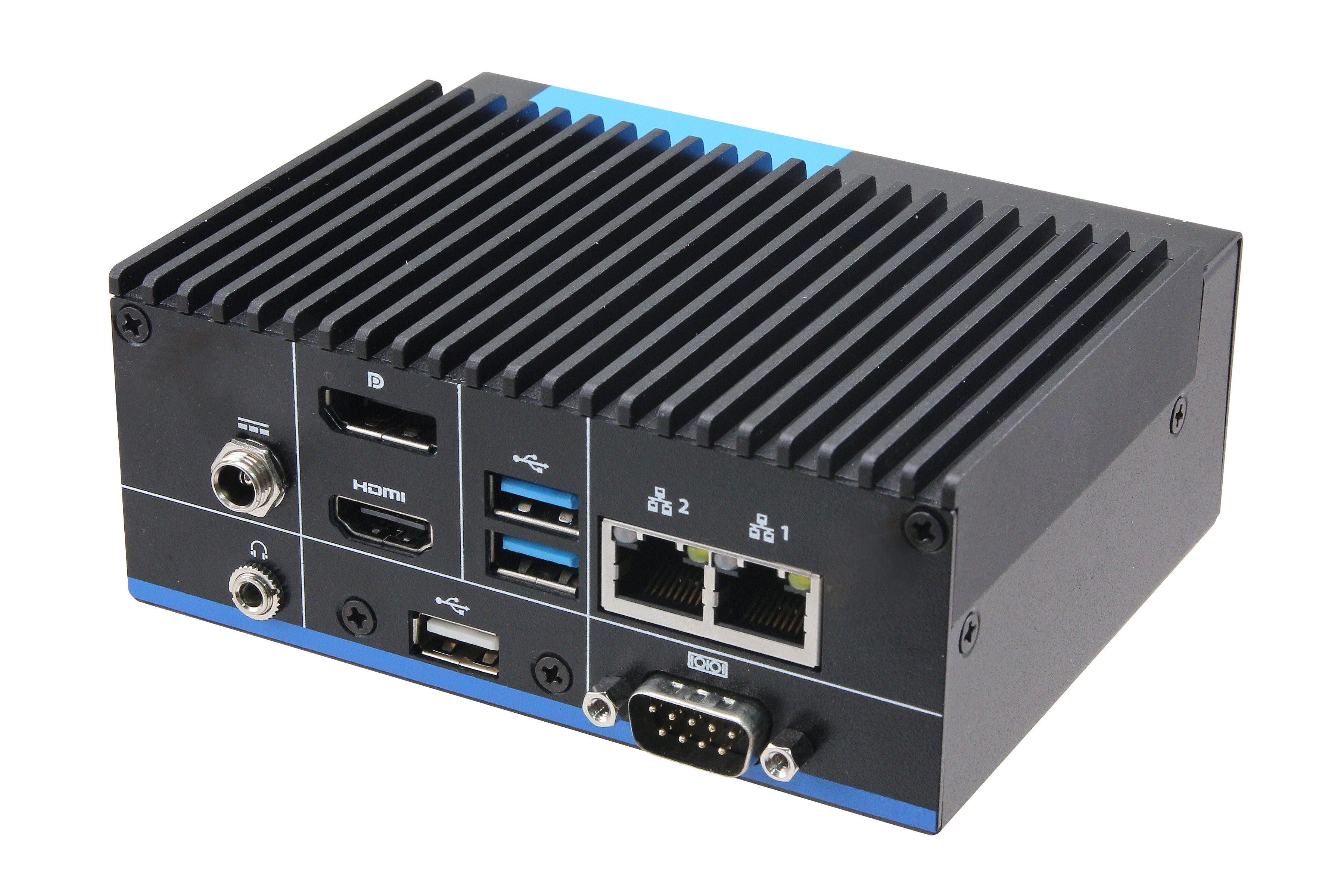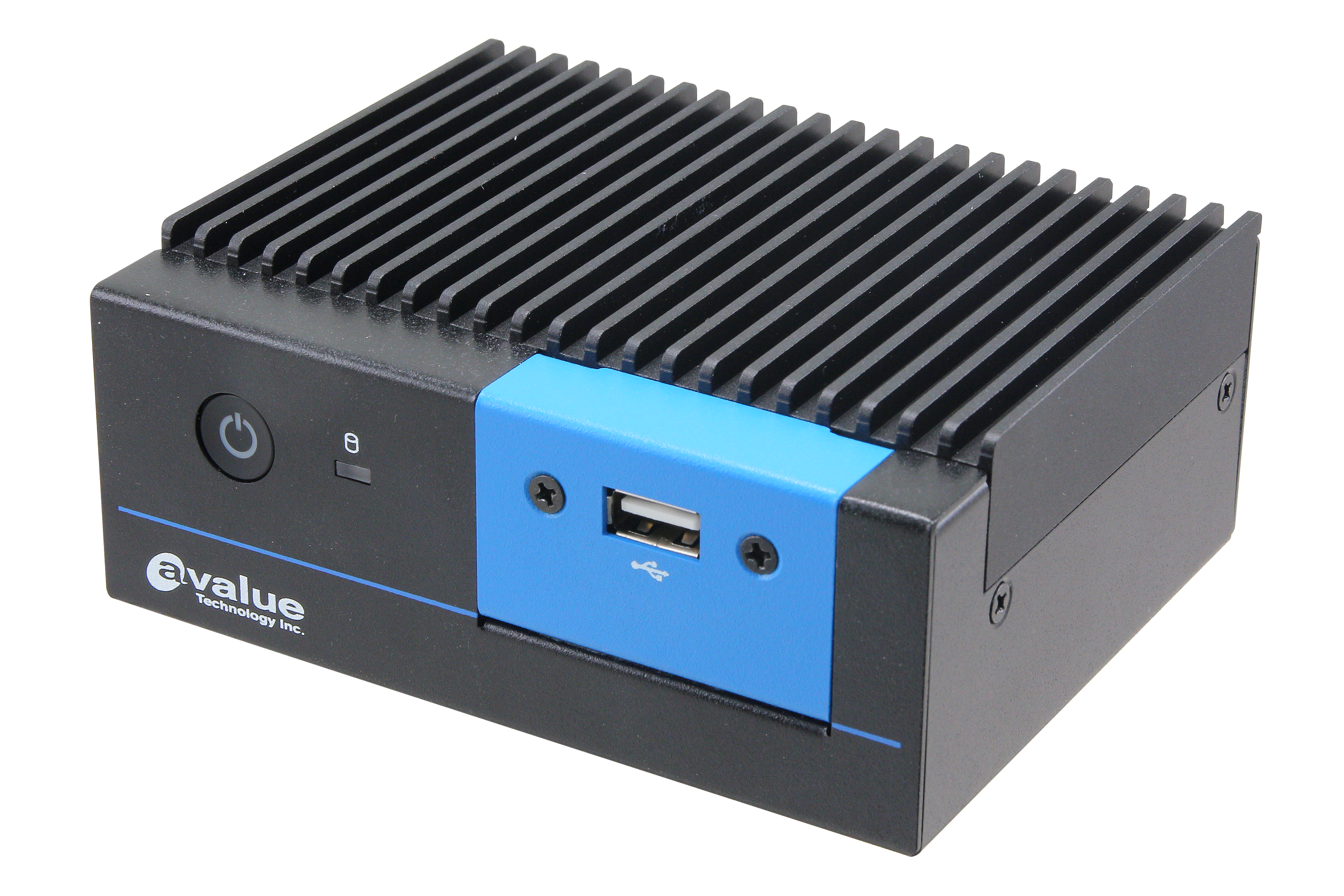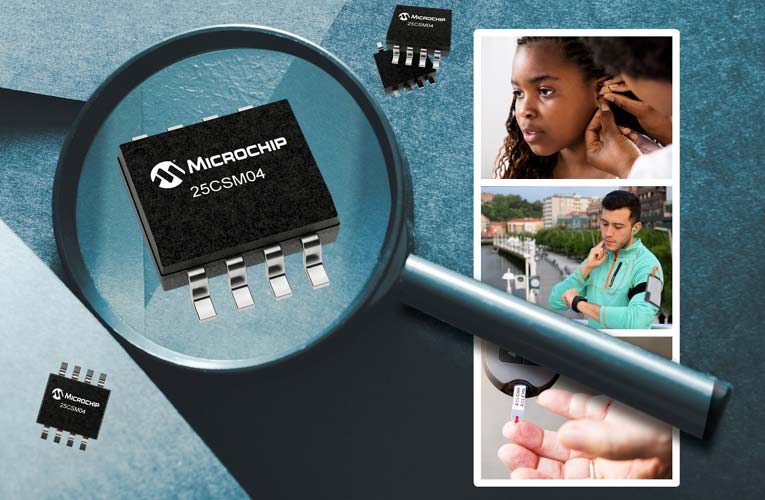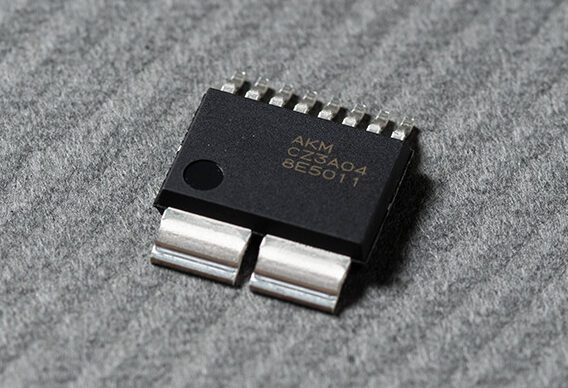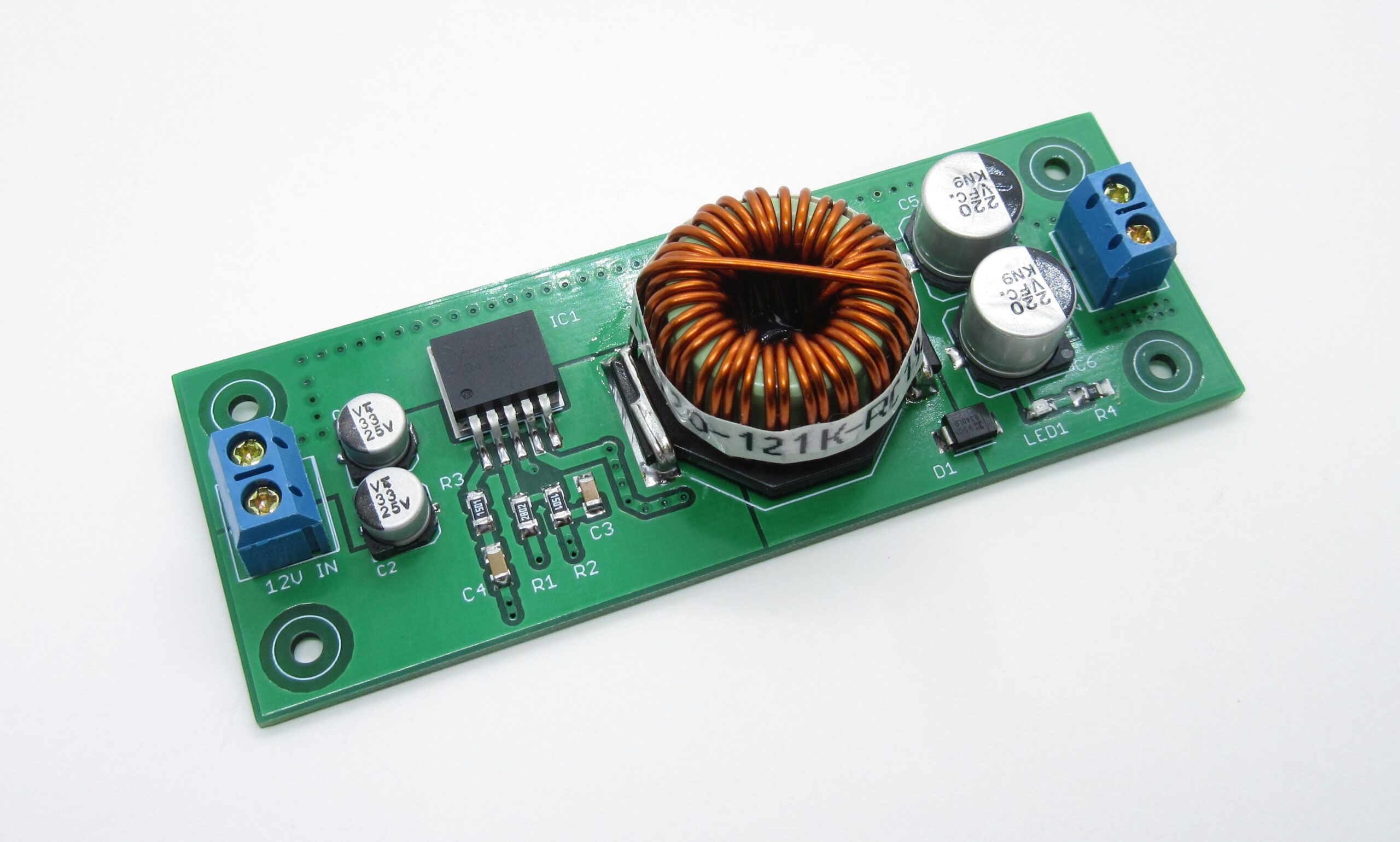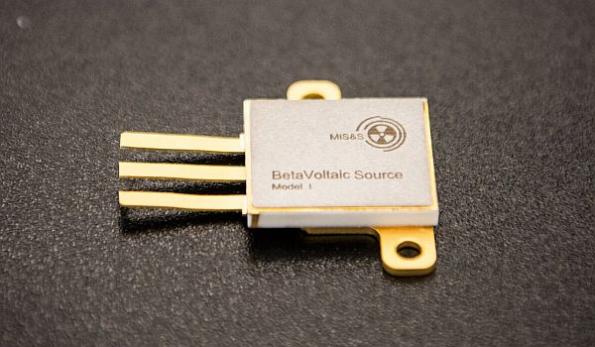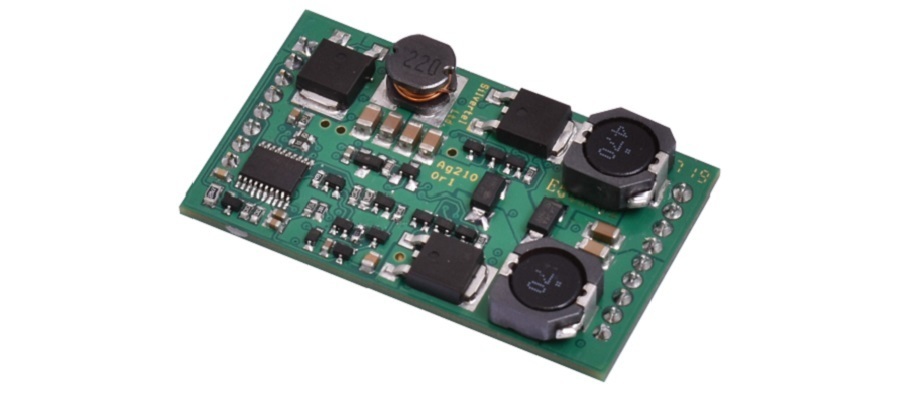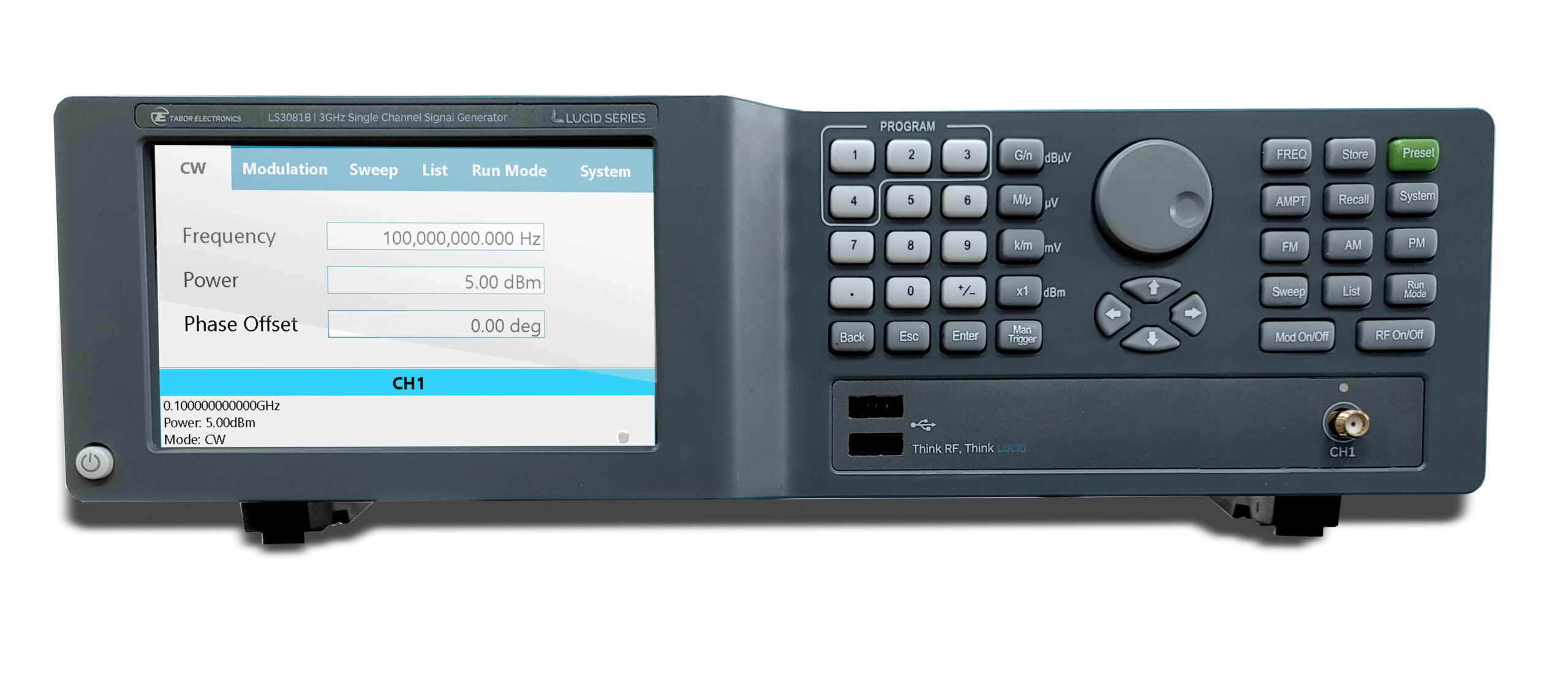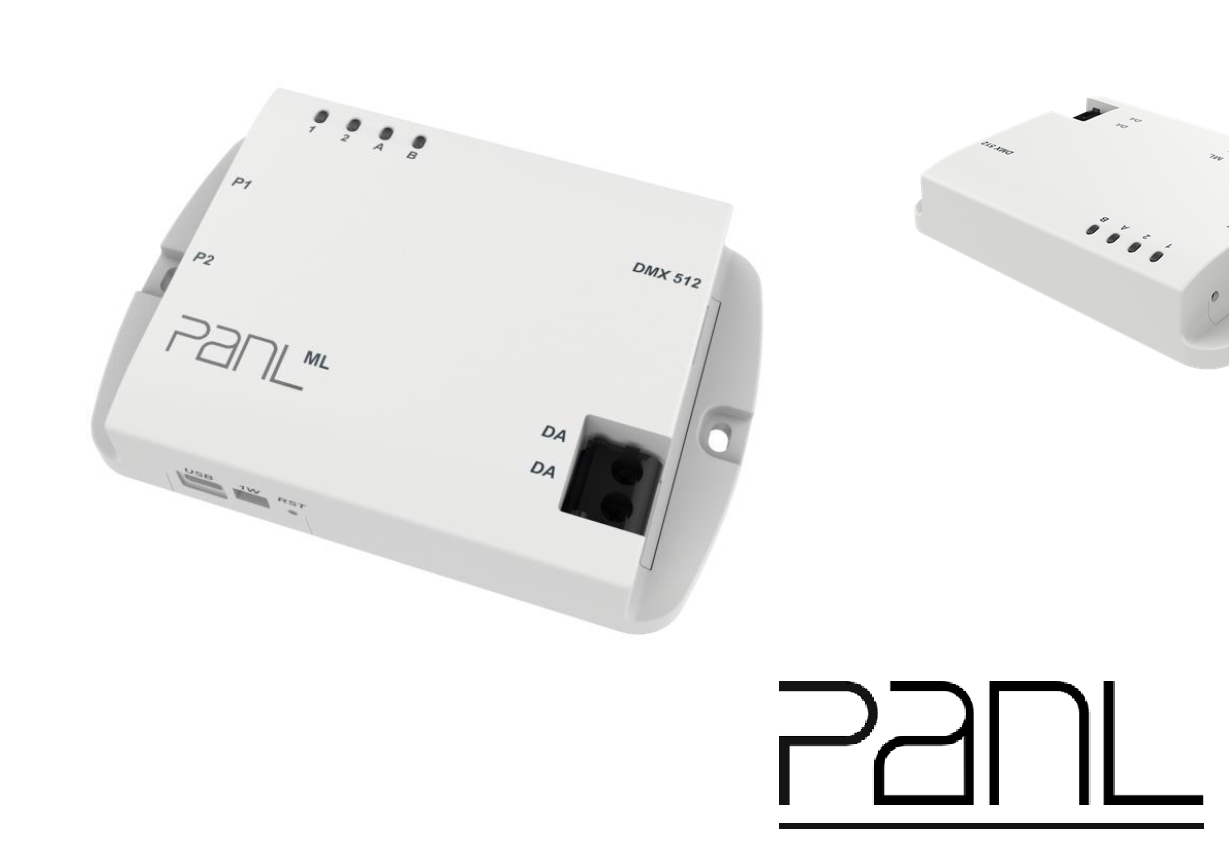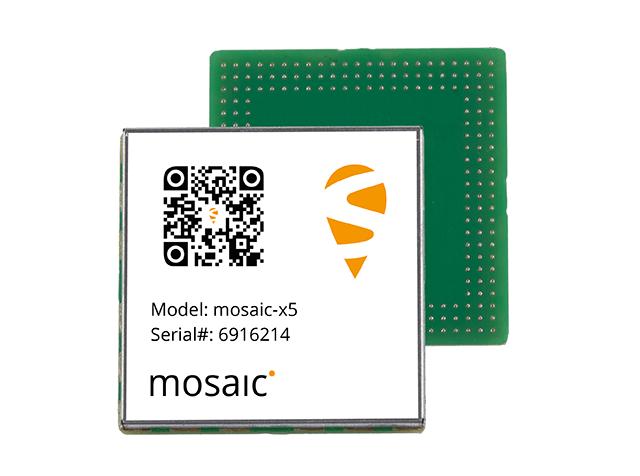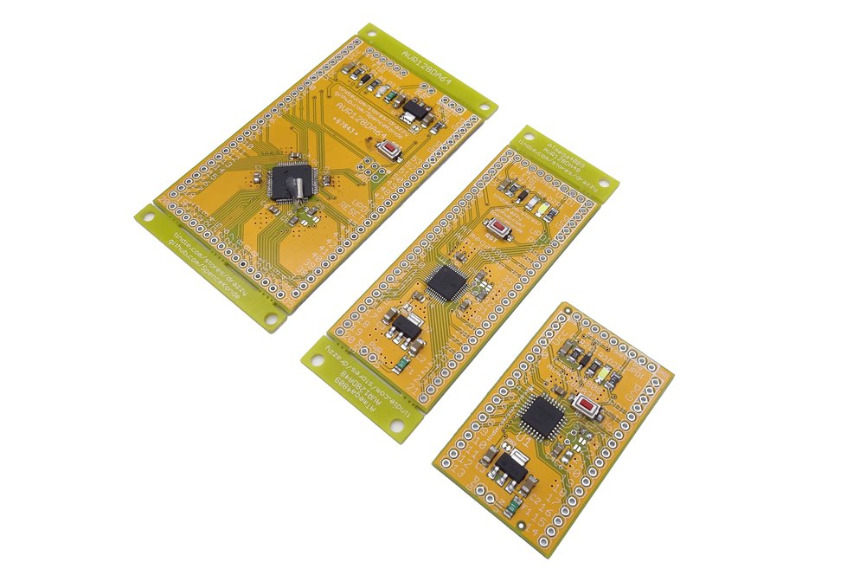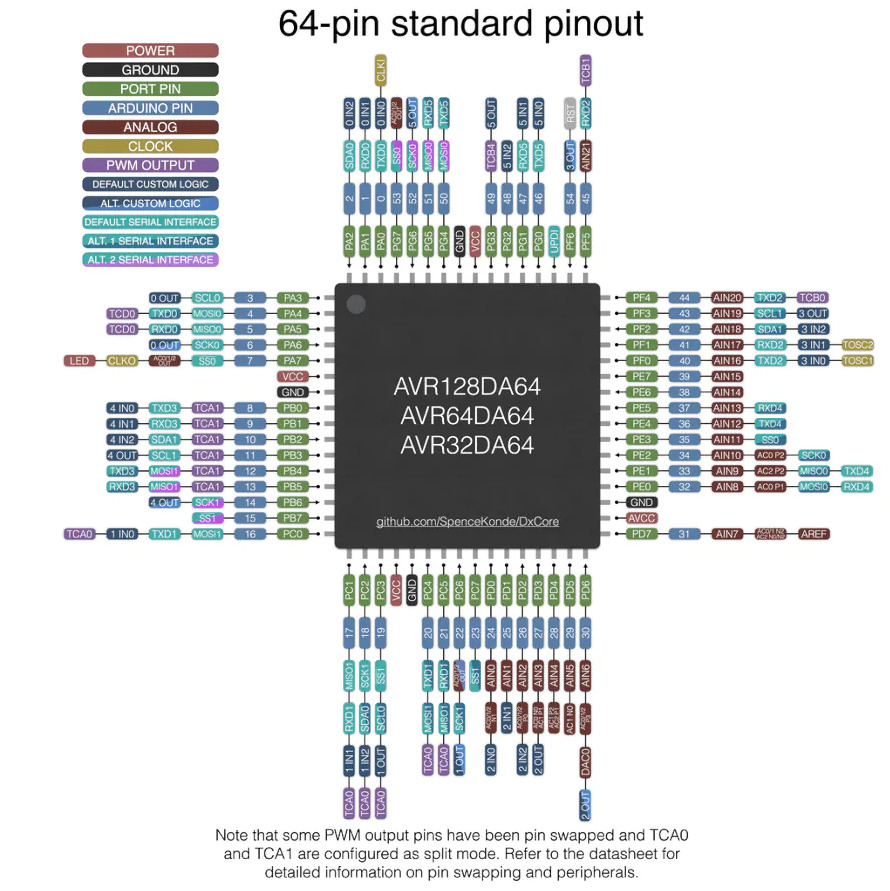Avalue Technology Inc., a global industrial PC solution provider and an associate member of the Intel® Internet of Things Solutions Alliance, is unveiling ECS-APCL, fanless system based on Intel® Apollo Lake Processor.
ECS-APCL features palm-size 120.6 (L) x 95.2 (W) x 49.8 (H) mm, the lightweight and compact design being ideal for various application markets with multi-connectivity interfaces. The basic configuration is one 204-pin DDR3L 4GB RAM and 64GB M.2 SSD installed. The I/O deployment includes one HDMI, one DP++ enabled dual display, two USB 3.0 ports, two USB 2.0 ports, one RS-232, and two Intel Gigabit LAN ports provide ease of connectivity as a standalone system. Besides, there are two SMA connectors reserved for the WIFI antenna, which is an optional add-on. DIN rail kit and wall mount kit also being optional for customers to order. ECS-APCL powered by Intel® Celeron® Quad Core J3455 processor with enhanced system performance while being cost-effective for most of the application markets such as digital signage, self-ordering system, public information system, etc.
ECS-APCL main features:
- Intel® Apollo Lake J3455 Processor
- 1 x 204-pin DDR3L 1600MHz SO-DIMM, supports up to 8 GB, default 4GB installed
- 1 x DP++, 1 x HDMI
- 2 x Gigabit Ethernet
- 2 x USB 3.0, 2 x USB 2.0
- 1 x RS232, 1 x Line-out
- 1 x M.2 Key A 2230 supports WiFi module
- 1 x M.2 Key B 3042/2242/2260 supports SSD, default 64GB installed
- DC in +12V
- 60W Adapter (DC in 12V@5A)
- Operating temperature: -10°C ~ 50°C, w/0.5 m/s air flow, -10°C ~ 40°C, w/0.2 m/s air flow
- Dimension(L x W x H): 120.6 x 95.2 x 49.8 mm
Visit www.avalue.com.tw for more information on Avalue products, or contact sales@avalue.com.tw to talk to our sales team.


